-
 bitcoin
bitcoin $122659.385674 USD
0.52% -
 ethereum
ethereum $4484.113342 USD
-0.09% -
 bnb
bnb $1304.229256 USD
-0.85% -
 tether
tether $1.000204 USD
-0.03% -
 xrp
xrp $2.860636 USD
-0.51% -
 solana
solana $227.288799 USD
2.36% -
 usd-coin
usd-coin $0.999805 USD
0.01% -
 dogecoin
dogecoin $0.252837 USD
1.18% -
 tron
tron $0.341149 USD
1.12% -
 cardano
cardano $0.830507 USD
0.33% -
 hyperliquid
hyperliquid $45.792319 USD
0.04% -
 chainlink
chainlink $22.422164 USD
1.55% -
 ethena-usde
ethena-usde $1.000283 USD
0.01% -
 sui
sui $3.511389 USD
0.83% -
 stellar
stellar $0.385276 USD
-0.44%
How long does it take for Bitcoin transactions to be confirmed?
A Bitcoin transaction is confirmed when included in a blockchain block, with confirmation times varying based on fees, network congestion, and required confirmations.
Jun 16, 2025 at 11:35 am
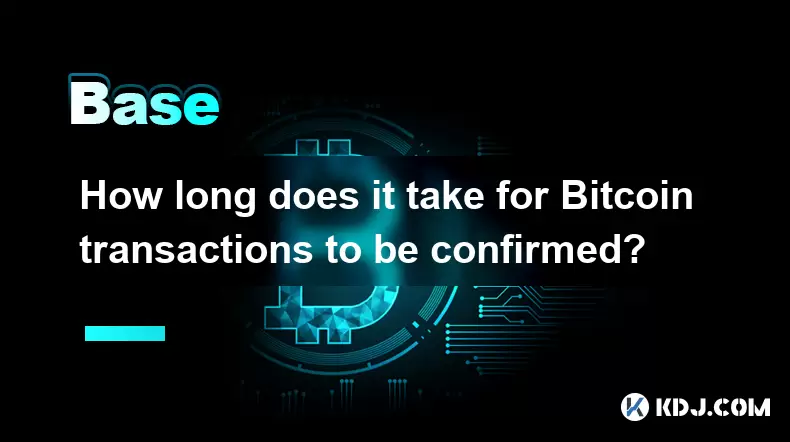
Understanding Bitcoin Transaction Confirmations
When a Bitcoin transaction is initiated, it enters the network and awaits validation. This process is known as confirmation. A Bitcoin transaction is considered confirmed once it has been included in a block on the blockchain. However, depending on various factors, this can take varying amounts of time.
Factors Affecting Confirmation Time
Several elements influence how quickly a Bitcoin transaction gets confirmed. One of the most critical factors is the transaction fee (gas fee) paid by the sender. Higher fees incentivize miners to prioritize certain transactions over others. If a user sends Bitcoin with a low fee during a busy period, their transaction may be delayed significantly.
Another key factor is network congestion. During times when many users are sending transactions simultaneously, the mempool (the holding area for unconfirmed transactions) becomes full, causing delays. The block space demand also affects how quickly transactions get picked up by miners.
Lastly, the number of confirmations required by the receiving service or wallet plays a role. Some platforms accept one confirmation as sufficient, while others wait for six or more to ensure security.
Typical Confirmation Times
On average, a Bitcoin block is mined approximately every 10 minutes. Therefore, under normal conditions, a single confirmation can take anywhere between 10 to 60 minutes. However, this estimate varies widely depending on the previously mentioned factors.
If the network is congested and the transaction fee is low, it might take several hours before the first confirmation is received. Conversely, if a high fee is attached, the transaction could be confirmed within minutes, even seconds, especially if the network is not overloaded.
It's important to note that most exchanges and services require at least three to six confirmations before considering a transaction final. In such cases, the total time could range from half an hour to several hours.
How to Check Your Transaction Status
To monitor the status of a Bitcoin transaction, you can use a blockchain explorer. These tools allow users to search for transactions using the transaction ID (TXID). Popular options include Blockchair, Blockchain.com Explorer, and Blockstream.info.
- Visit your preferred blockchain explorer.
- Enter the transaction hash (TXID) into the search bar.
- Review the number of confirmations listed next to the transaction.
- Click on the transaction details to see its current position in the mempool or which block it was included in.
Some wallets also provide real-time updates on confirmation status. If the transaction remains unconfirmed, you may consider using a Replace-by-Fee (RBF) option, if enabled, or child-pays-for-parent (CPFP) to speed things up.
What to Do If a Transaction Is Stuck
If a Bitcoin transaction remains unconfirmed for an extended period, there are steps you can take:
- Check the transaction fee: Use a blockchain explorer to determine whether the fee was too low. If so, future transactions should include higher fees.
- Use RBF (Replace-by-Fee): If your wallet supports RBF, you can replace the original transaction with a new one offering a higher fee.
- Apply CPFP (Child-Pays-for-Parent): Send a new transaction from the same wallet with a high fee, encouraging miners to include both the original and new transactions.
- Wait it out: Sometimes, even low-fee transactions eventually get confirmed, though this could take days.
Keep in mind that if a transaction remains unconfirmed for too long, it may drop from the mempool, returning funds to the sender’s wallet.
Tools and Services That Help Speed Up Transactions
Several tools and services assist in managing stuck Bitcoin transactions:
- BTC.com Fee Calculator: Helps determine appropriate fees based on current network conditions.
- Blockstream.info Mempool Viewer: Shows real-time data about pending transactions and expected confirmation times.
- Transaction Accelerators: Some mining pools offer acceleration services for a small fee.
- Wallet Features: Many modern wallets like Electrum, BlueWallet, and GreenWallet support RBF and CPFP features.
Using these tools allows users to make informed decisions about fees and confirmations, helping them avoid long waits.
Frequently Asked Questions
Q: Can a Bitcoin transaction be canceled once sent?No, Bitcoin transactions cannot be canceled once broadcast to the network. However, if the transaction remains unconfirmed, you may use RBF or CPFP techniques to replace or speed it up.
Q: What happens if my Bitcoin transaction never gets confirmed?If a transaction stays unconfirmed for a prolonged period, it may be removed from the mempool by nodes. In such cases, the funds typically return to the sender’s wallet automatically.
Q: How many confirmations are needed for a Bitcoin transaction to be secure?Most services consider three to six confirmations safe. Exchanges often require six to prevent double-spending attacks.
Q: Does the number of confirmations affect the transaction value?No, the number of confirmations does not change the amount of Bitcoin sent. It only affects how secure and finalized the transaction is considered to be.
Disclaimer:info@kdj.com
The information provided is not trading advice. kdj.com does not assume any responsibility for any investments made based on the information provided in this article. Cryptocurrencies are highly volatile and it is highly recommended that you invest with caution after thorough research!
If you believe that the content used on this website infringes your copyright, please contact us immediately (info@kdj.com) and we will delete it promptly.
- Solana, Hyperliquid, and Market Consolidation: A Whale's-Eye View
- 2025-10-09 16:25:13
- Jupiter, Ethena Labs, and JupUSD: A New Era for Solana DeFi
- 2025-10-09 17:05:12
- Wallets, MemeRush, and Binance: A Wild Ride in the Crypto World!
- 2025-10-09 16:45:15
- IPO Guide: Navigating the Initial Public Offering Like a Pro
- 2025-10-09 17:05:12
- Ethereum Price Rollercoaster: ETH Dip Before the All-Time High?
- 2025-10-09 17:25:11
- Polygon Rio: Blazing to 5000 TPS and Beyond!
- 2025-10-09 16:25:13
Related knowledge

How does cryptocurrency achieve decentralization?
Sep 30,2025 at 04:37am
Understanding the Foundation of Decentralization in Cryptocurrency1. Cryptocurrency achieves decentralization primarily through the use of blockchain ...
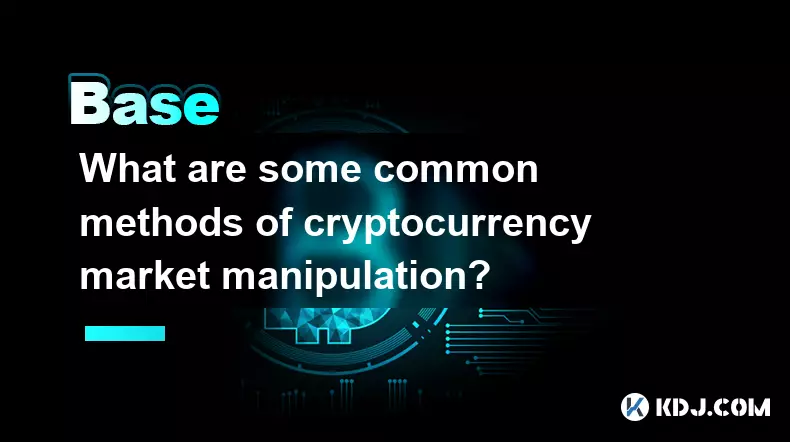
What are some common methods of cryptocurrency market manipulation?
Sep 27,2025 at 02:55am
Wash Trading and Its Impact on Market Perception1. Wash trading involves an individual or entity simultaneously buying and selling the same cryptocurr...
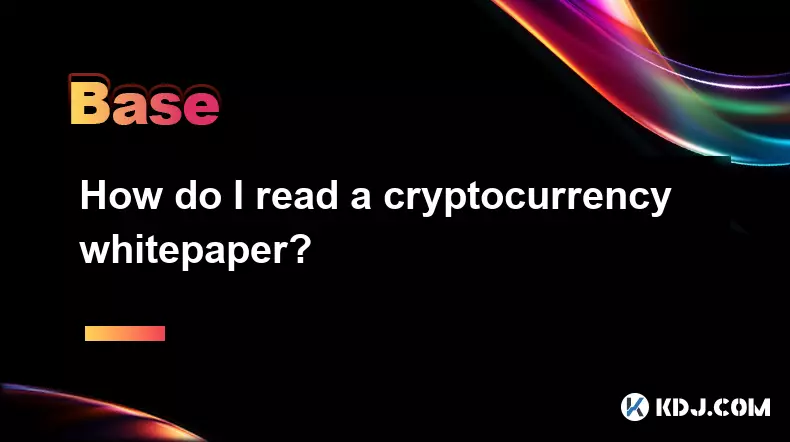
How do I read a cryptocurrency whitepaper?
Sep 27,2025 at 05:54am
Understanding the Structure of a Cryptocurrency Whitepaper1. Begin by identifying the executive summary, which outlines the project’s core vision and ...
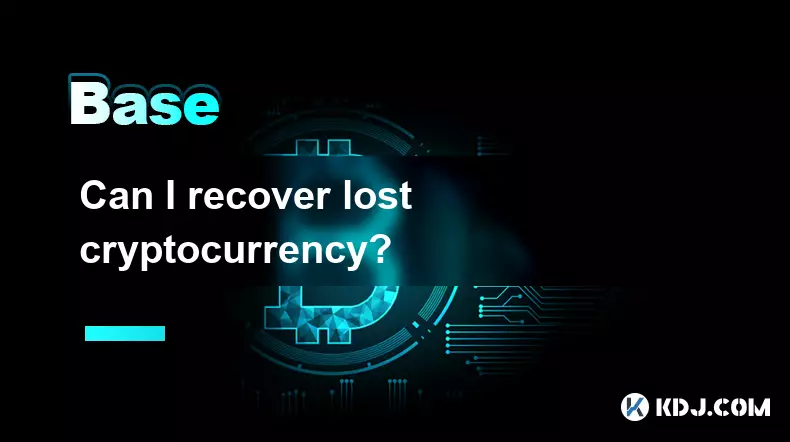
Can I recover lost cryptocurrency?
Sep 25,2025 at 08:18am
Understanding the Nature of Cryptocurrency Loss1. Cryptocurrency operates on decentralized networks, meaning there is no central authority to reverse ...
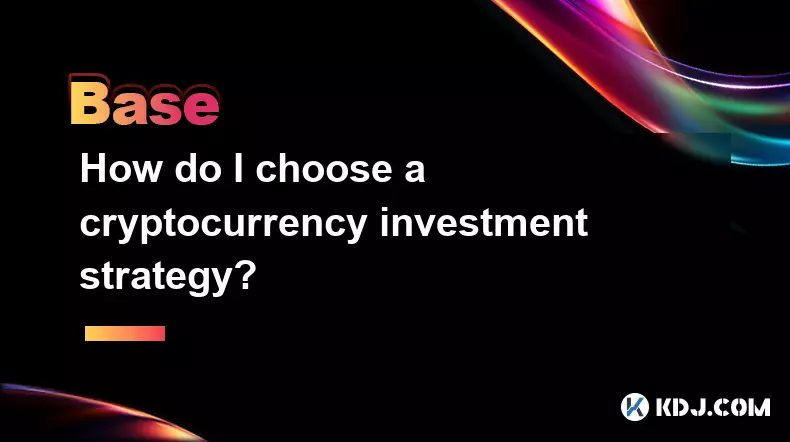
How do I choose a cryptocurrency investment strategy?
Sep 27,2025 at 03:55pm
Understanding Risk Tolerance in Crypto Investing1. Assessing personal risk tolerance is a foundational step when entering the cryptocurrency market. V...
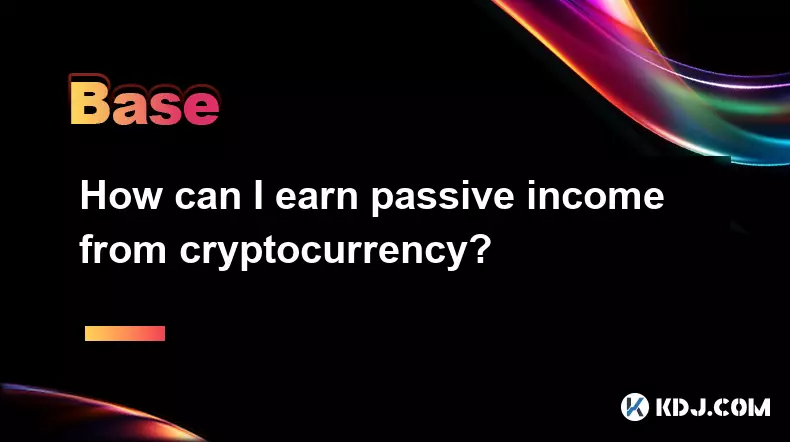
How can I earn passive income from cryptocurrency?
Sep 23,2025 at 10:18am
Staking Cryptocurrencies for Regular Returns1. Many blockchain networks operate on a proof-of-stake (PoS) consensus mechanism, allowing users to earn ...

How does cryptocurrency achieve decentralization?
Sep 30,2025 at 04:37am
Understanding the Foundation of Decentralization in Cryptocurrency1. Cryptocurrency achieves decentralization primarily through the use of blockchain ...

What are some common methods of cryptocurrency market manipulation?
Sep 27,2025 at 02:55am
Wash Trading and Its Impact on Market Perception1. Wash trading involves an individual or entity simultaneously buying and selling the same cryptocurr...

How do I read a cryptocurrency whitepaper?
Sep 27,2025 at 05:54am
Understanding the Structure of a Cryptocurrency Whitepaper1. Begin by identifying the executive summary, which outlines the project’s core vision and ...

Can I recover lost cryptocurrency?
Sep 25,2025 at 08:18am
Understanding the Nature of Cryptocurrency Loss1. Cryptocurrency operates on decentralized networks, meaning there is no central authority to reverse ...

How do I choose a cryptocurrency investment strategy?
Sep 27,2025 at 03:55pm
Understanding Risk Tolerance in Crypto Investing1. Assessing personal risk tolerance is a foundational step when entering the cryptocurrency market. V...

How can I earn passive income from cryptocurrency?
Sep 23,2025 at 10:18am
Staking Cryptocurrencies for Regular Returns1. Many blockchain networks operate on a proof-of-stake (PoS) consensus mechanism, allowing users to earn ...
See all articles










































































